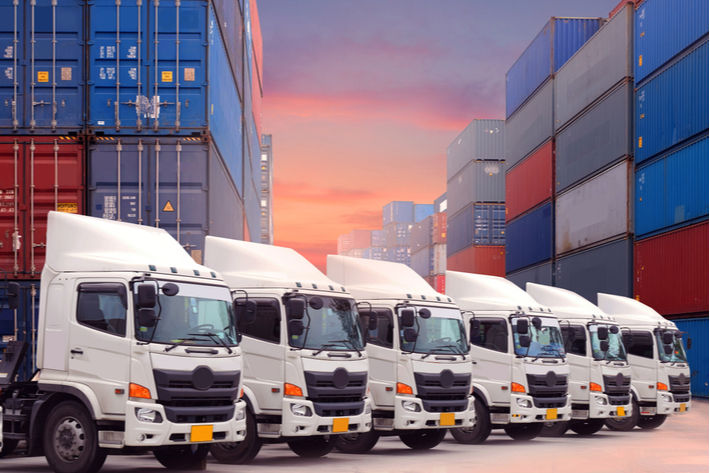
During a recent symposium at the ministry of transport, Li said the government must focus on strengthening and protecting freight shipments in critically important industries and regions to ensure the smooth and essential flow of goods.
Li emphasised the need to make the customs-clearance process faster and more efficient at major ports. “All regions and departments should strengthen cooperation to push freight volumes to recover as soon as possible and provide support for reasonable economic growth in the second quarter,” he was quoted as saying by an official news agency.
The World Bank predicted that despite a promising start to the year, China’s real gross domestic product (GDP) growth will slow sharply to 4.3 per cent in 2022, 0.8 percentage points lower than the bank forecast in its China Economic Update report in December.
As a guarantor of China’s economic development, road freight is responsible for more than 80 per cent of freight transport in the country.
However, as several cities and regions started reporting outbreaks of the highly contagious Omicron coronavirus variant, China’s road-freight activity fell by 26.6 per cent in April compared with the same month last year, and by 6 per cent cumulatively from January to April, according to industry data.
In May, under back-to-work and back-to-production initiatives, the nation’s transport and logistics sectors recovered somewhat, but not to normal levels.
The push further intensified after Li warned in May that economic growth was stalling and ordered local cadres to stem downward risks and drive employment to ensure a positive gross domestic product (GDP) growth in the second quarter.
The World Bank’s country director for China, Mongolia and South Korea, Martin Raiser, said controlling the epidemic while supporting economic growth in the short term poses a dual challenge for China.
“While the government has stepped up macroeconomic policy easing, the dilemma facing decision-makers is how to make the policy stimulus effective as long as mobility restrictions persist,” he said.
The World Bank’s new report also said that investment growth in China is expected to accelerate over the remainder of the year, driven largely by infrastructure projects, and that this will partly offset suppressed consumption.
And noting the potential for China to promote economic growth by borrowing to invest in infrastructure again, the report flagged the unsustainability of such a growth model.
“High levels of indebtedness of corporates and local governments limit the effectiveness of policy easing and store up further risks down the line,” said Ibrahim Chowdhury, the World Bank’s senior economist for China.
The report also recommended that the central government take direct measures to encourage consumption, such as by increasing the use of consumer vouchers.
ALCHEMPro News Desk (DS)
Receive daily prices and market insights straight to your inbox. Subscribe to AlchemPro Weekly!